The oil and gas industry is one of the biggest industries in the world, making a significant contribution to the global economy. This vast sector is often separated into three main sectors: upstream, midstream and downstream. Each sector comes with their own unique gas hazards.
Upstream
The upstream sector of the oil and gas industry, sometimes referred to as exploration and production (or E&P), is concerned with locating sites for oil and gas extraction the subsequent drilling, recovery and production of crude oil and natural gas. Oil and gas production is an incredibly capital-intensive industry, requiring the use of expensive machinery equipment as well as highly skilled workers. The upstream sector is wide-ranging, encompassing both onshore and offshore drilling operations.
The major gas hazard encountered in upstream oil and gas is hydrogen sulphide (H2S), a colourless gas known by its distinct rotten egg like smell. H2S is a highly toxic, flammable gas which can have harmful effects on our health, leading to loss of consciousness and even death at high levels.
Crowcon’s solution for hydrogen sulphide detection comes in the form of the XgardIQ, an intelligent gas detector which increases safety by minimising the time operators must spend in hazardous areas. XgardIQ is available with high-temperature H2S sensor, specifically designed for the harsh environments of the Middle East.
Midstream
The midstream sector of the oil and gas industry encompasses the storage, transportation and processing of crude oil and natural gas. The transportation of crude oil and natural gas is done by both land and sea with large volumes transported in tankers and marine vessels. On land, transportation methods used are tankers and pipelines. Challenges within the midstream sector include but are not limited to maintaining the integrity of storage and transportation vessels and protecting workers involved in cleaning, purging and filling activities.
Monitoring of storage tanks is essential to ensure the safety of workers and machinery.
Downstream
The downstream sector refers to the refining and processing of natural gas and crude oil and the distribution of finished products. This is the stage of the process where these raw materials are transformed into products which are used for a variety of purposes such as fuelling vehicles and heating homes.
The refining process for crude oil is generally split into three basic steps: separation, conversion and treatment. Natural gas processing involves separating the various hydrocarbons and fluids to produce ‘pipeline quality’ gas.
The gas hazards which are typical within the downstream sector are hydrogen sulphide, sulphur dioxide, hydrogen and a wide range of toxic gases. Crowcon’s Xgard and Xgard Bright fixed detectors both offer a wide range of sensor options to cover all the gas hazards present in this industry. Xgard Bright is also available with the next generation MPS™ sensor, for the detection of over 15 flammable gases in one detector. Also available are both single and multi-gas personal monitors to ensure workers safety in these potentially hazardous environments. These include the Gas-Pro and T4x, with Gas-Pro providing 5 gas support in a compact and rugged solution.
Subscribe to our blog



